Public domain: Difference between revisions
Amwelladmin (talk | contribs) No edit summary Tags: Mobile edit Mobile web edit |
Amwelladmin (talk | contribs) No edit summary Tags: Mobile edit Mobile web edit |
||
| Line 14: | Line 14: | ||
“''Aha! This is too narrow! This is wrong-headed!'' This means only information that is not protected by [[patent]] or [[copyright]] is excluded from the [[confidentiality obligation]], when what one really means is information that is public!” | “''Aha! This is too narrow! This is wrong-headed!'' This means only information that is not protected by [[patent]] or [[copyright]] is excluded from the [[confidentiality obligation]], when what one really means is information that is public!” | ||
We remark at once that | We remark at once that if one applies that technical, fussy reading, this is correct. Even if you don’t, the [[prose stylist]] in you might feel “in public” to be a neater expression, if that is what you mean. | ||
But those who come to a text must approach it in good faith, mindful of context, and with a practical attitude. It is face-slappingly ''obvious'' what is meant here. [[Copyright]] is a tool for exploiting the commercial value of information by making it, in a controlled way, public. An [[NDA]] is a device designed to prevent that. | |||
If information is public, but not yet ''in the public domain'', it is, [[Q.E.D.]], ''not'' confidential, and ''calling it'' “confidential” does not change that. | |||
But, as we know, the eyrie overflows with nervous chickens. They fear they have undercooked their goose. | |||
But have they? Let us work this logic out, and take “public domain” to have its technical meaning and imagine the dispute that might arise should one fellow have passed to another, under protection of a OneNDA, a information that is in fact widely known, but is not yet out of copyright. For example, a prospectus: being composed not six months ago and at great cost by my counsel, it is undoubtedly a work of a creative effort, if not style or imagination. It attracts automatic copyright protection. It has been published, for all the world to see — with that express intent, in fact — and is in no sense secret. Yet, according to my narrow reading of “public domain” under this contract it counts as “confidential information” which means I may not share it, upon pain of breaching the contract. | |||
{{sa}} | {{sa}} | ||
Revision as of 07:28, 11 September 2021
|
NDA Anatomy™
|
Public domain
/ˈpʌblɪk dəʊˈmeɪn/ (n.)
WIthout wishing to rip off the Cambridge Dictionary — but hang it, it is in the public domain,[1] at least according to its own definition:
“if information is in the public domain, it is available for everyone to see or know about”
That is the colloquial use: “public domain” is really just a pompous way of saying “public”.
But “public domain” also has a technical, narrower definition, that hails from the law of copyright: information that is “in the public domain” consists of all creative work that could be protected by intellectual property rights, but isn’t, whether because those rights have expired, been forfeited, waived, or for some other reason just don’t apply.
The OneNDA itself is “in the public domain” in this narrow way. But much of the information one may share under it is not. Yet, in its “carve out” from the scope of confidentiality, version one uses the expression “public domain” rather than simply “public”.
This is a cue for those who take pleasure from such things, to raise a technical objection.
“Aha! This is too narrow! This is wrong-headed! This means only information that is not protected by patent or copyright is excluded from the confidentiality obligation, when what one really means is information that is public!”
We remark at once that if one applies that technical, fussy reading, this is correct. Even if you don’t, the prose stylist in you might feel “in public” to be a neater expression, if that is what you mean.
But those who come to a text must approach it in good faith, mindful of context, and with a practical attitude. It is face-slappingly obvious what is meant here. Copyright is a tool for exploiting the commercial value of information by making it, in a controlled way, public. An NDA is a device designed to prevent that.
If information is public, but not yet in the public domain, it is, Q.E.D., not confidential, and calling it “confidential” does not change that.
But, as we know, the eyrie overflows with nervous chickens. They fear they have undercooked their goose.
But have they? Let us work this logic out, and take “public domain” to have its technical meaning and imagine the dispute that might arise should one fellow have passed to another, under protection of a OneNDA, a information that is in fact widely known, but is not yet out of copyright. For example, a prospectus: being composed not six months ago and at great cost by my counsel, it is undoubtedly a work of a creative effort, if not style or imagination. It attracts automatic copyright protection. It has been published, for all the world to see — with that express intent, in fact — and is in no sense secret. Yet, according to my narrow reading of “public domain” under this contract it counts as “confidential information” which means I may not share it, upon pain of breaching the contract.
